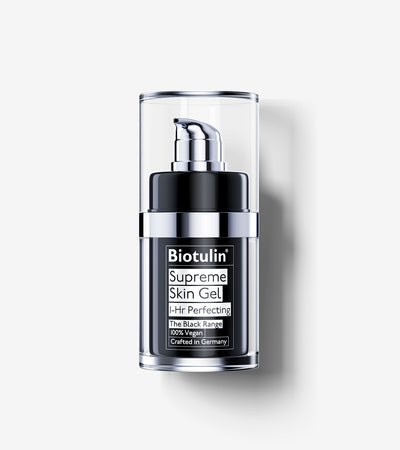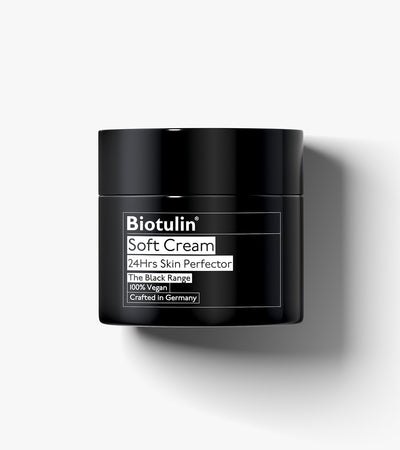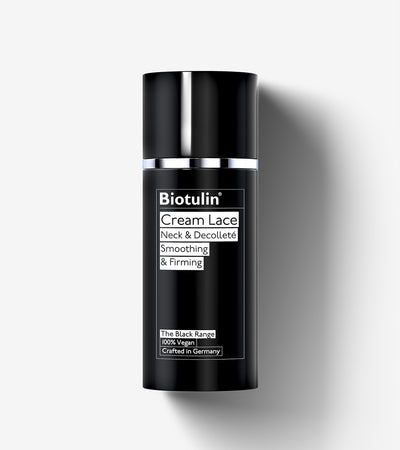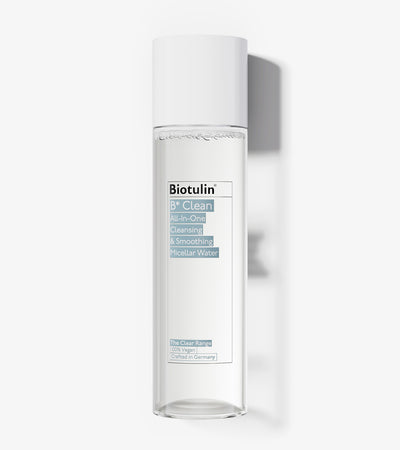Overview/Definition
Dehydroacetic Acid (DHA) is a synthetic organic compound widely used as a preservative in the cosmetic and personal care industry. Chemically known as 3-acetyl-6-methyl-2H-pyran-2,4(3H)-dione, it appears as a white to cream-colored crystalline powder. Unlike some preservatives derived from natural sources, DHA is produced through chemical synthesis, ensuring high purity and consistency. Its primary role in skincare formulations is to inhibit the growth of microorganisms, thereby extending the shelf life and safety of products.
Function in Skincare
Preservative: DHA effectively prevents the growth of fungi and, to a lesser extent, bacteria, safeguarding products from spoilage and potential contamination.
By maintaining the microbiological integrity of skincare products, DHA ensures that consumers receive safe and effective formulations throughout the product's lifespan.
Skin Type Suitability
All Skin Types: DHA is generally considered safe for use across various skin types, including oily, dry, combination, and sensitive skin.
Its inclusion in products is primarily for preservation purposes and does not directly address specific skin concerns such as acne, aging, or hyperpigmentation.
Benefits
- Extended Shelf Life: By inhibiting microbial growth, DHA prolongs the usability of skincare products.
- Product Safety: Ensures formulations remain free from harmful microorganisms, reducing the risk of skin infections or irritations.
- Stability: Maintains the integrity and performance of active ingredients by preventing microbial-induced degradation.
Studies have demonstrated the efficacy of DHA as a preservative. According to the Cosmetic Ingredient Review (CIR) Expert Panel, DHA is effective at low concentrations against both bacteria and fungi, making it a valuable component in cosmetic formulations.
Potential Side Effects or Risks
- Low Toxicity: Acute toxicity studies indicate that DHA is slightly toxic when administered orally to rats, but such exposure levels are not typical in cosmetic use.
- Skin Irritation: Clinical assessments have found DHA to be practically non-irritating and non-sensitizing in human subjects.
While DHA is generally safe for topical application, it's essential for consumers to discontinue use if any adverse reactions occur and consult a healthcare professional.
Usage in Skincare Products
- Common Products: DHA is found in a variety of products, including facial cleansers, moisturizers, shampoos, conditioners, foundations, and mascaras.
- Concentration Levels: Typically used in concentrations up to 0.6% in cosmetic formulations, as regulated by safety guidelines.
Its broad-spectrum antimicrobial properties make DHA a versatile preservative suitable for various product types.
How It’s Used
- Incorporation: Formulators add DHA during the manufacturing process to ensure even distribution and effective preservation.
- Frequency of Use: Products containing DHA can be used as directed by the manufacturer; the preservative does not impact the recommended usage frequency.
- Complementary Ingredients: DHA is often used alongside other preservatives to achieve a broad-spectrum antimicrobial effect.
For consumers, there are no special considerations regarding the use of products preserved with DHA beyond standard usage instructions.
Scientific Studies/Research
The safety and efficacy of DHA have been extensively studied. The Cosmetic Ingredient Review (CIR) Expert Panel evaluated the scientific data and concluded that Dehydroacetic Acid and its sodium salt are safe as cosmetic ingredients in current practices of use and concentration. This assessment was reaffirmed in subsequent reviews, highlighting DHA's continued acceptance in cosmetic formulations.
Other Names/Synonyms
- 3-Acetyl-6-methyl-2H-pyran-2,4(3H)-dione
- DHA
- Sodium Dehydroacetate (salt form)
Sustainability/Environmental Impact
- Biodegradability: DHA is considered biodegradable and eco-friendly.
- Regulatory Approvals: It is approved by Ecocert and COSMOS for use in natural and organic cosmetics.
Its favorable environmental profile makes DHA a preferred preservative in formulations aiming for sustainability certifications.
Fun Facts
DHA is not only used in cosmetics but also as a preservative in food products, such as cut or peeled squash, to prevent microbial spoilage.






